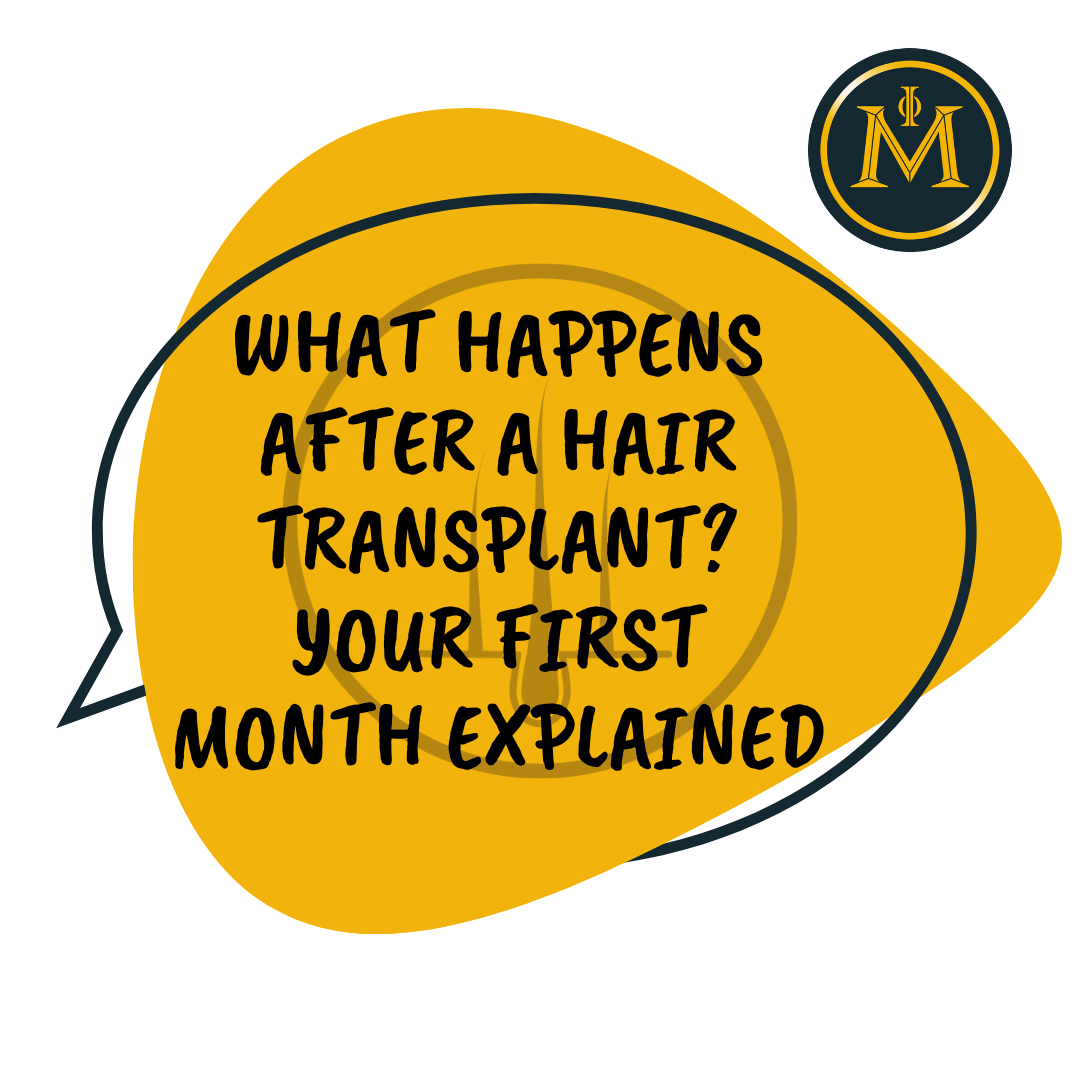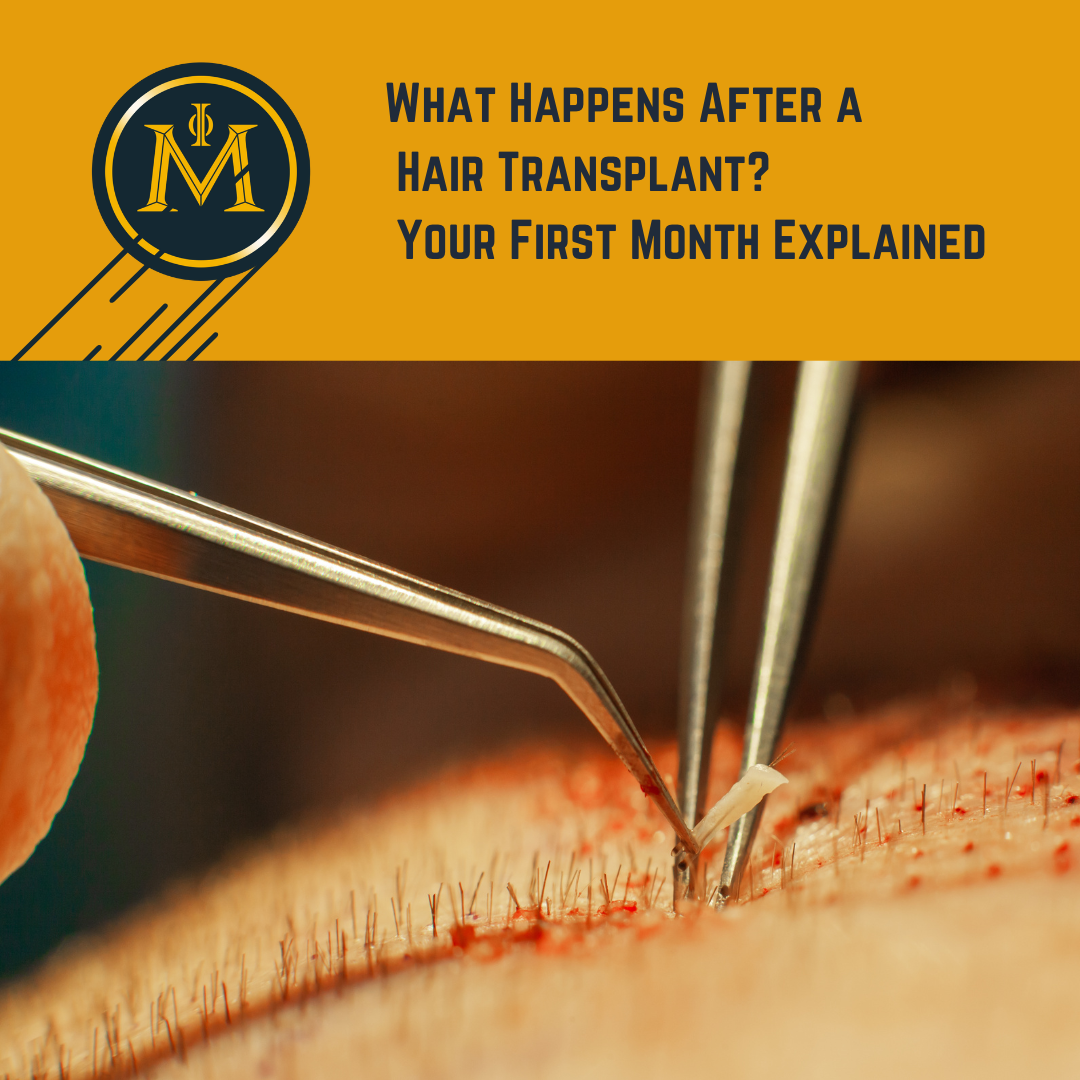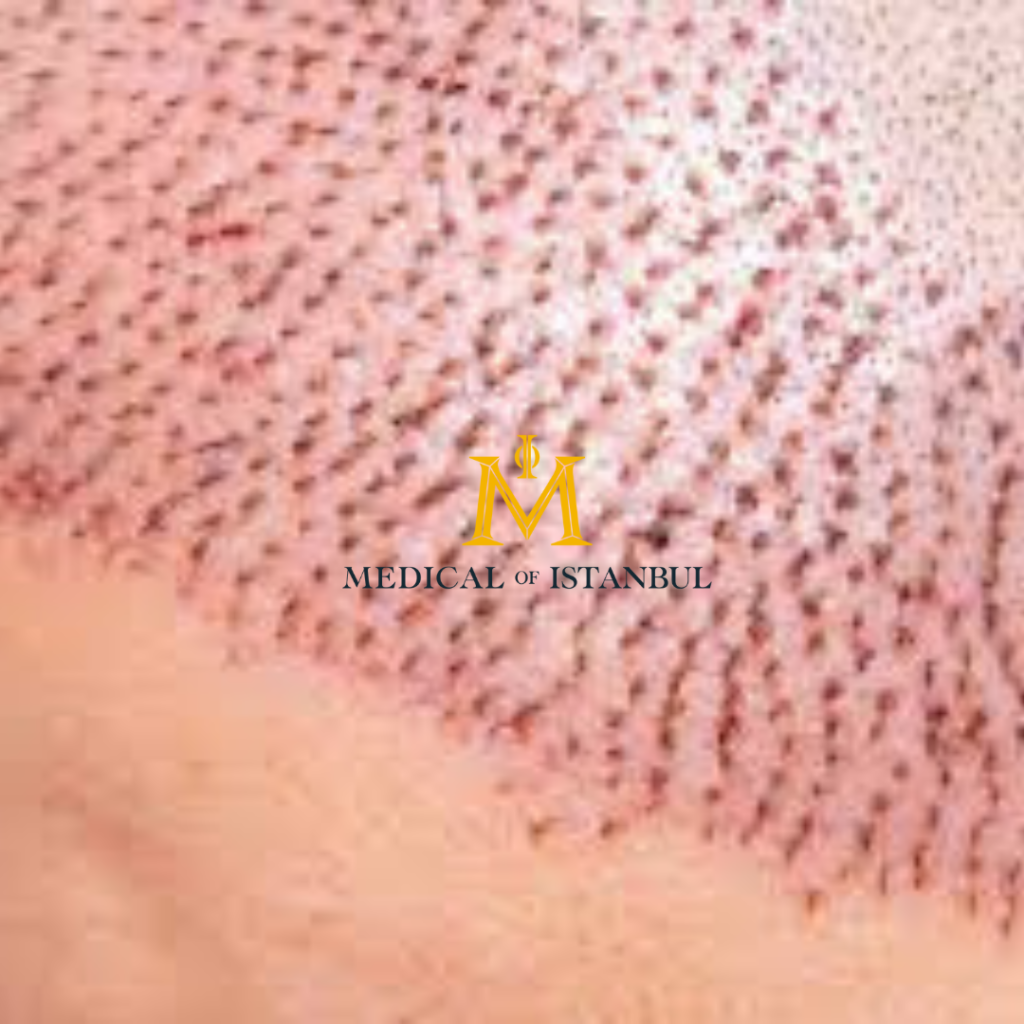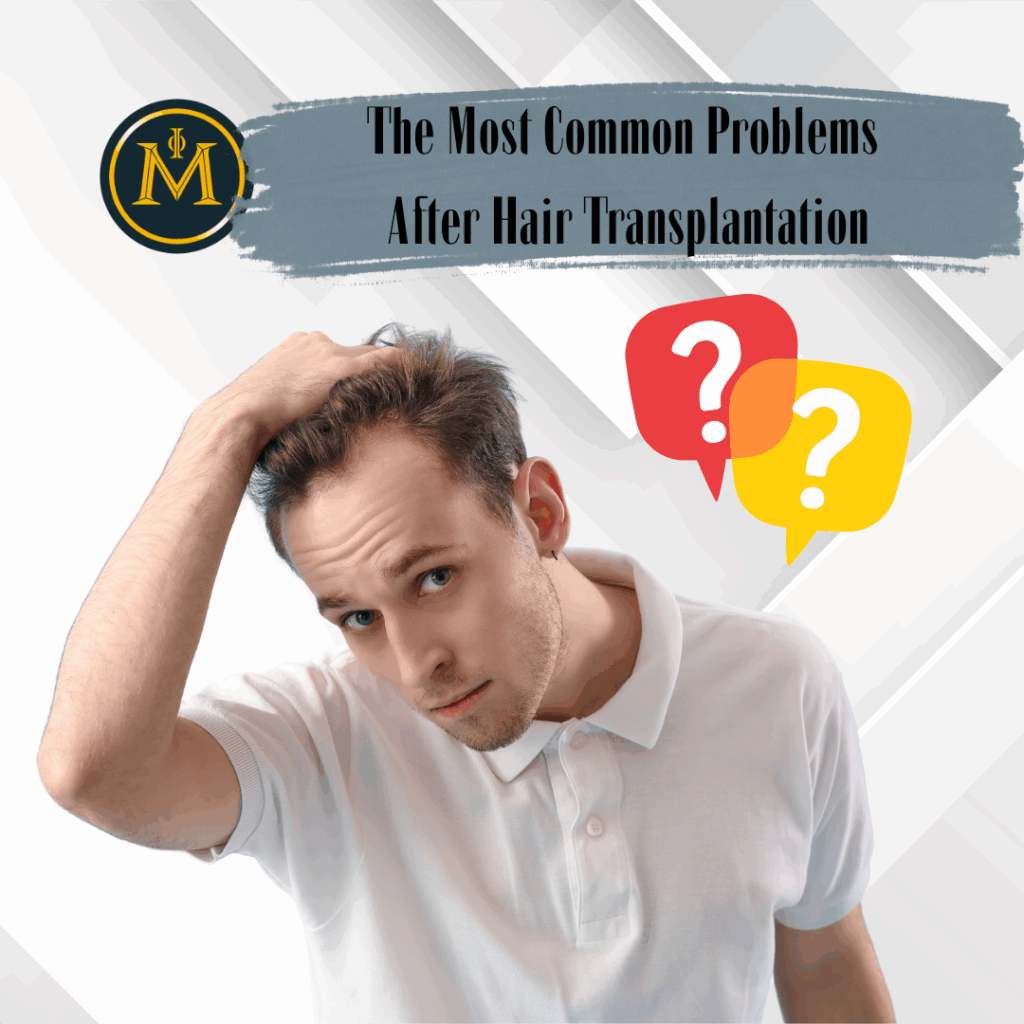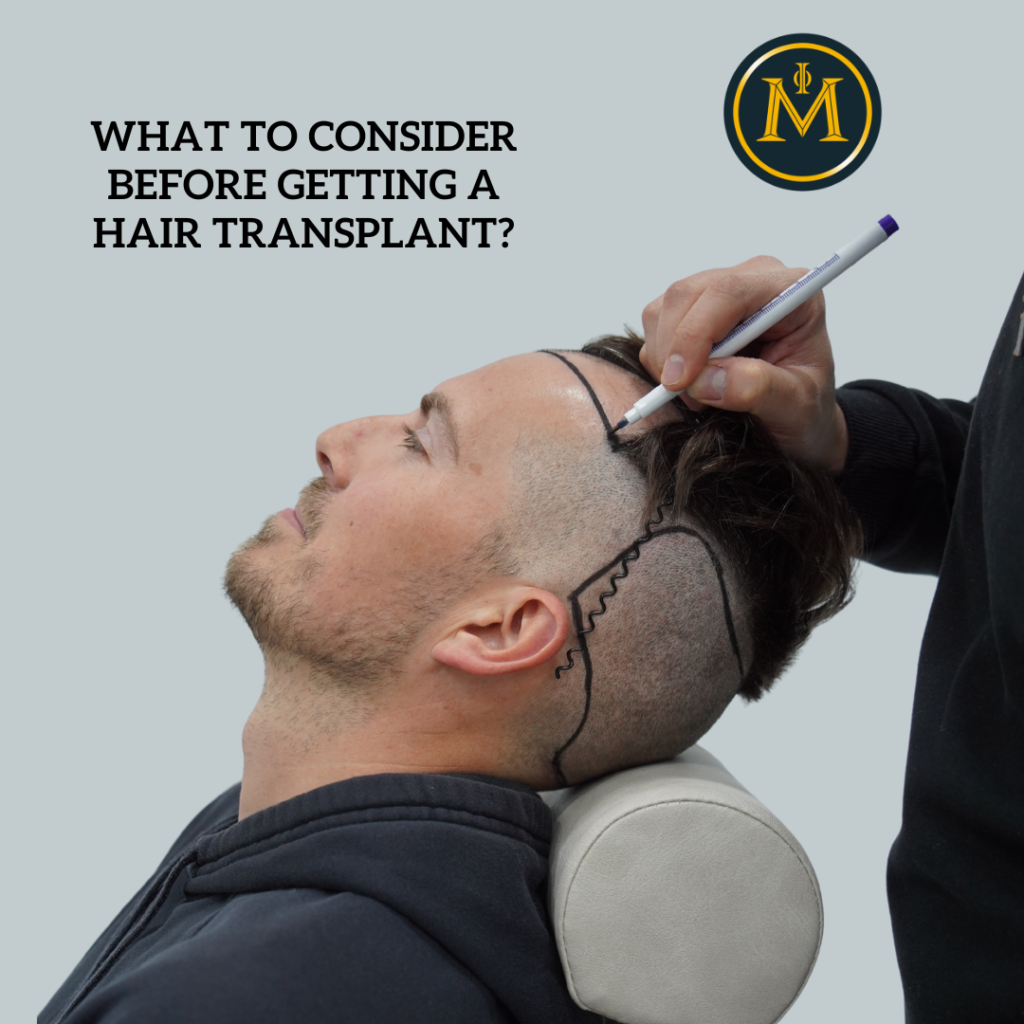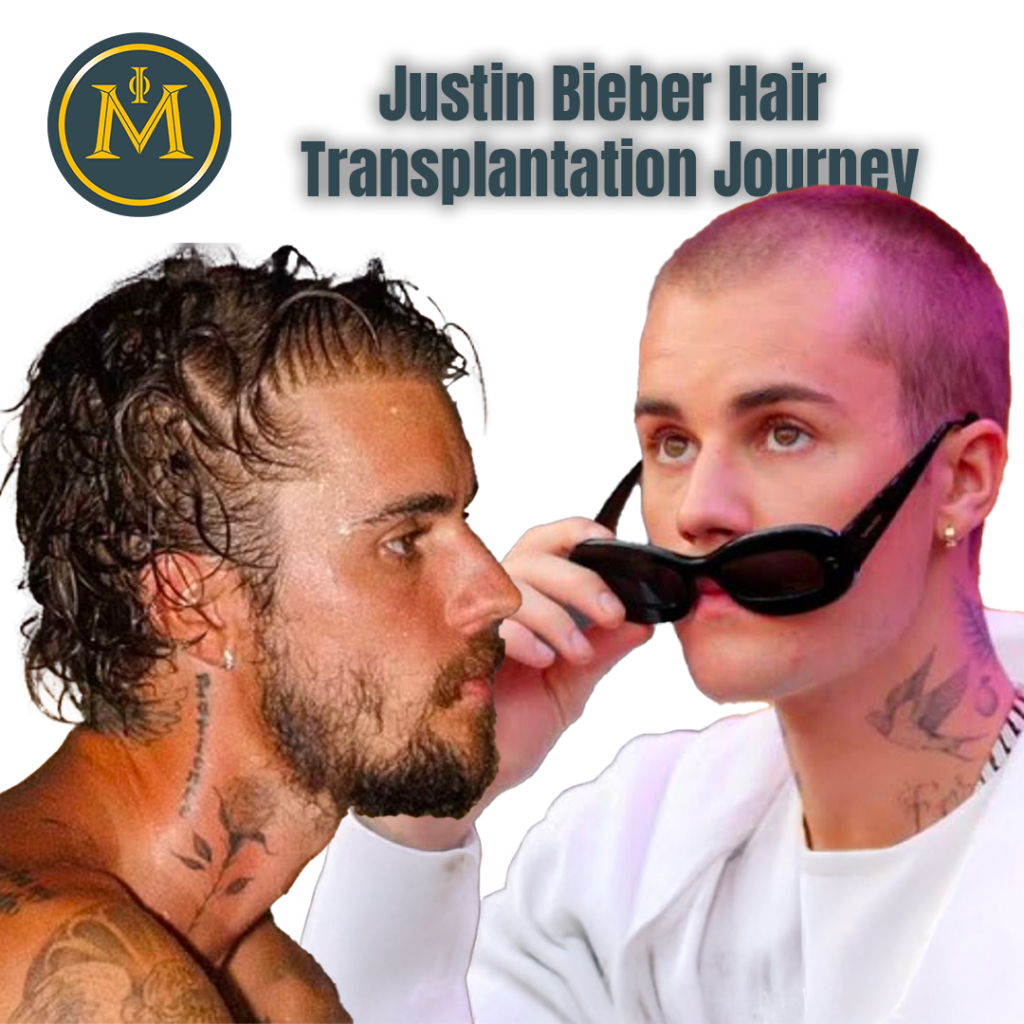Medical of Istanbul
What Happens After a Hair Transplant? Your First Month Explained
The decision to undergo a hair transplant can be life-changing, but it also comes with many questions, especially about the recovery process. The first month after the procedure is a critical period where proper care ensures the best possible results. Understanding what to expect during this time will help ease any anxiety and prepare you for a smooth recovery. In this blog, we’ll break down what happens after a hair transplant, from the immediate days post-surgery to the changes you’ll see by the end of the first month.
